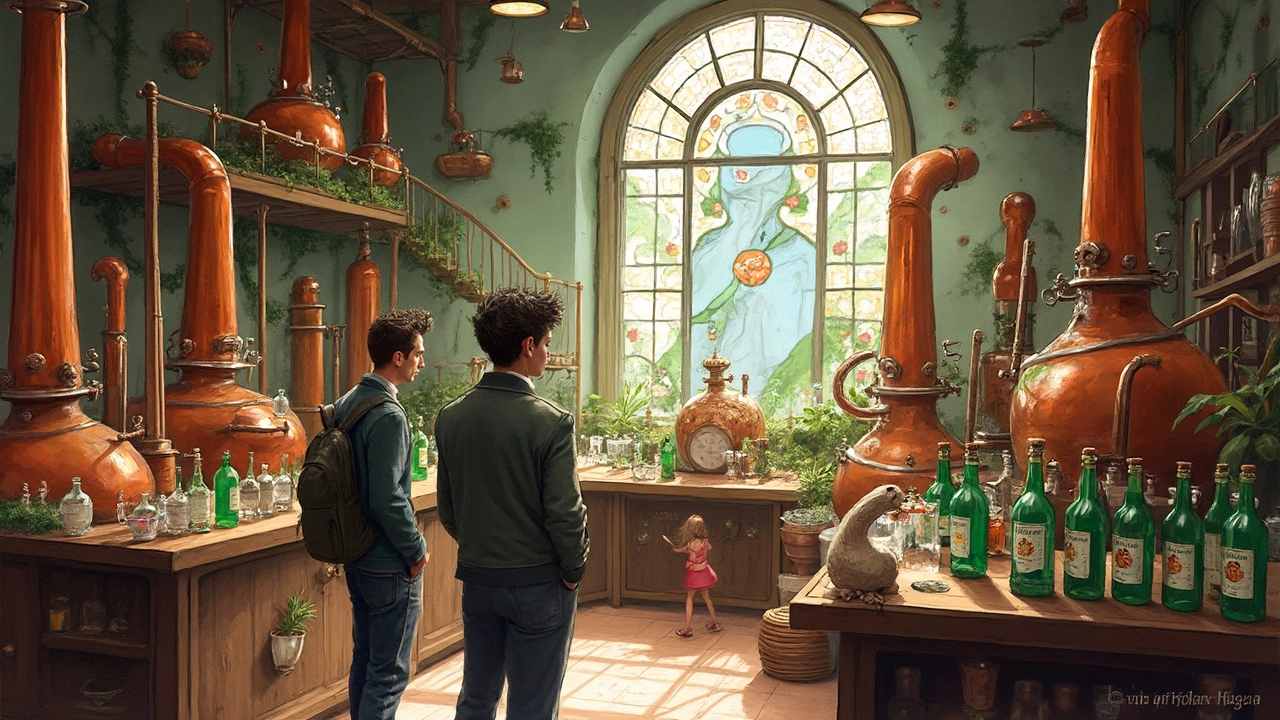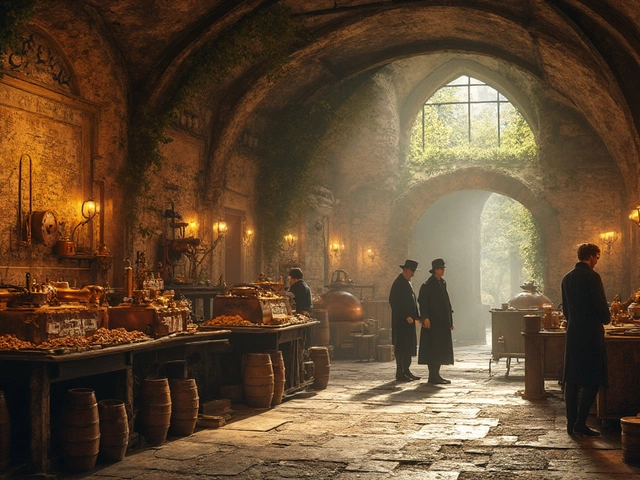Premium Spirits: How to Choose, Taste, and Enjoy the Best Liquor
If you love a good dram or a smooth sip, you’ve probably wondered what makes a spirit “premium.” It’s not just the price tag – it’s the ingredients, the process, and the little details that turn a regular bottle into a standout experience.
First, look at the base material. Premium whisky often starts with high‑quality barley or corn, while top‑tier vodka uses pure grain or potatoes and goes through several distillations to strip out impurities. The water matters, too. Many distilleries source spring or glacier water because mineral content can change the mouthfeel.
How to Spot a Premium Spirit
One quick test is the label. If you see terms like “single‑cask,” “small batch,” or “hand‑crafted,” you’re dealing with a limited run that usually gets more attention during aging or blending. Age statements matter for whisky and rum – a 12‑year‑old Scotch has spent more time in oak, gaining complexity, while a younger whisky might be bright but less layered.
Another clue is the alcohol by volume (ABV). Premium spirits often sit at 40‑45% ABV, giving enough body without being over‑proof. Some specialty rums and whiskies push higher, but they’re usually meant for sipping neat, not for mixing.
Tasting Tips for Premium Liquor
When you’re ready to taste, use a proper glass – a Glencairn for whisky or a tulip‑shaped glass for gin and vodka. Swirl the spirit gently to release aromas, then take a short sniff. You should catch notes that match the spirit’s character – vanilla and oak for aged whisky, peppery botanicals for gin, or subtle grain sweetness for vodka.
Take a small sip and let it coat your tongue. Notice the initial flavor, the middle body, and the finish. A quality spirit will evolve, showing new layers as you hold it. If the taste feels flat or harsh, it’s probably not premium.
Don’t forget the food pairings. A smoky single‑ malt goes great with dark chocolate or cured meats, while a clean, crisp vodka pairs well with oysters or light salads. Experiment with a cheese board – a buttery cheese can highlight the softness of a smooth rum.
Lastly, store your bottles right. Keep them upright, away from sunlight, and at a stable temperature. Even premium spirits can lose flavor if they’re exposed to heat or light.
Whether you’re buying a bottle for a celebration or just want to upgrade your home bar, these pointers will help you pick a spirit that delivers real depth and enjoyment. Remember, premium isn’t about flaunting a price – it’s about appreciating the craft behind every drop.
Curious whether Hendricks lives up to its top shelf reputation? This article digs into what makes a gin 'top shelf,' how Hendricks stacks up, and what to expect from a visit to their distillery. You'll learn handy tips for spotting quality gin and get a behind-the-scenes glimpse at Hendricks' quirky production. If you're looking for the real story on Hendricks and insider advice for your next distillery visit, you're in the right place.
View DetailsChoosing the perfect vodka can elevate any occasion, whether it's a casual get-together or an extravagant celebration. Not all vodkas are created equal, and while some aim for purity and crispness, others focus on unique flavors and artisanal craftsmanship. In this article, we delve into the world of top-tier vodka brands, examining what sets them apart in quality and taste. From well-known labels to hidden gems, discover the factors that make each vodka a top-shelf choice. Learn about the nuances that distinguish these spirits and find tips for selecting the best vodka for your next event.
View Details


